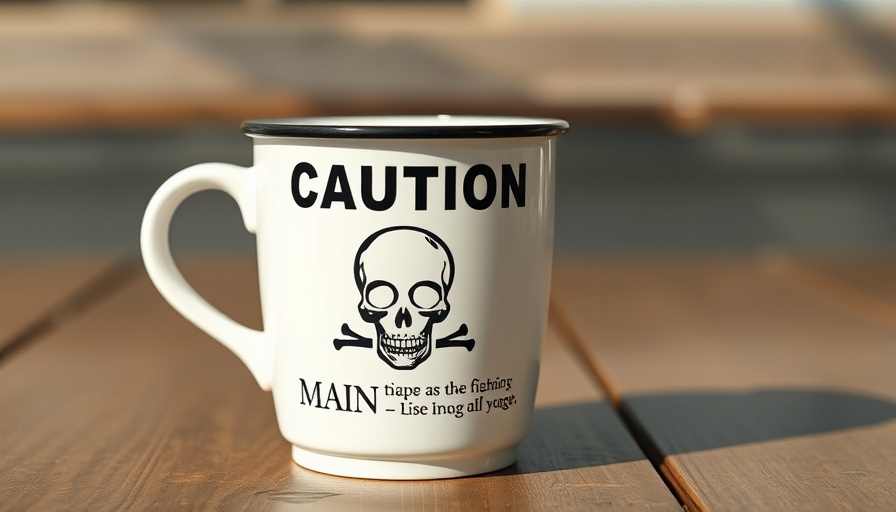
Understanding the Microplastics Menace in Our Drinking Water
As our understanding of environmental issues deepens, the conversation around microplastics has gained unprecedented urgency. These tiny plastic particles, often no larger than a grain of sand, are prevalent in our water systems, raising serious concerns about their potential health impacts. For executives and entrepreneurs juggling high-stress careers, it’s especially crucial to be mindful of what enters our daily routine, including the water we consume. Recognizing the ongoing threat of microplastics is the first step towards reclaiming better health and well-being.
In 'The best way to limit microplastics in your drinking water,' the discussion dives into vital practices to safeguard our hydration, sparking deeper analysis on how we can elevate our approach to personal health.
Why Microplastics Matter to Your Health
Numerous studies suggest that microplastics could pose significant health risks, including hormone disruption and inflammation. The ingestion of microplastics, whether through drinking water or consumed food, means that they can find their way into our bodies, potentially leading to long-term health complications. For busy professionals, the stakes are high—managing stress and maintaining productivity becomes challenging if health issues arise. Therefore, understanding how to limit exposure to these contaminants is essential for sustaining peak performance.
Identifying Common Sources of Microplastics in Drinking Water
Microplastics can seep into our drinking water supply from various sources, such as wastewater treatment plants, runoff from plastic waste, and even the breakdown of larger plastic items. Home water filters and bottled water can also contain particles, so it’s essential to understand where you're getting your water from. The first step to ensuring clean hydration is scrutinizing your sources and taking proactive measures to minimize contamination.
Practical Tips to Limit Microplastics in Your Water
Here are several practical strategies you can implement immediately:
- Invest in a high-quality water filtration system: Look for systems that can effectively filter out microplastics. Activated carbon filters are popular options found in many water filtration systems.
- Opt for glass or stainless steel: Replace plastic bottles and containers with glass or stainless steel to avoid leaching chemicals and microplastics.
- Be mindful of your washing habits: Washing synthetic fabrics, such as polyester, releases microfibers into the water. Use a laundry bag designed to catch these microscopic particles, and consider washing clothes less frequently to limit shedding.
The Role of Individuals in Addressing the Microplastics Crisis
While reducing individual microplastic exposure is critical, collective action is essential to tackle this problem effectively. Making your voice heard in favor of policies that promote cleaner water systems and responsible plastic use helps drive systemic change. Engage in community efforts that advocate for regulations targeting plastic waste and support local initiatives aimed at improving water quality.
Future Potential and Encouraging Innovations
As awareness around microplastics grows, exciting innovations are emerging to combat this challenge. New filtration technologies—such as membrane filtration systems—are continually under development, aiming to effectively eliminate microplastics from drinking water. As leaders in your fields, supporting such innovations via investment or policy advocacy could yield long-term benefits not only for your health but for society at large.
Conclusion: Taking Charge of Your Hydration
In a fast-paced world where stress is prevalent, understanding the risks of microplastics in our drinking water can empower you to make informed choices that benefit both your health and productivity. As you consider the tips and insights shared, take action to limit your exposure to plastic contaminants and advocate for solutions in your community. Together, we can foster a healthier environment and promote well-being for future generations.
 Add Row
Add Row  Add
Add 




Write A Comment